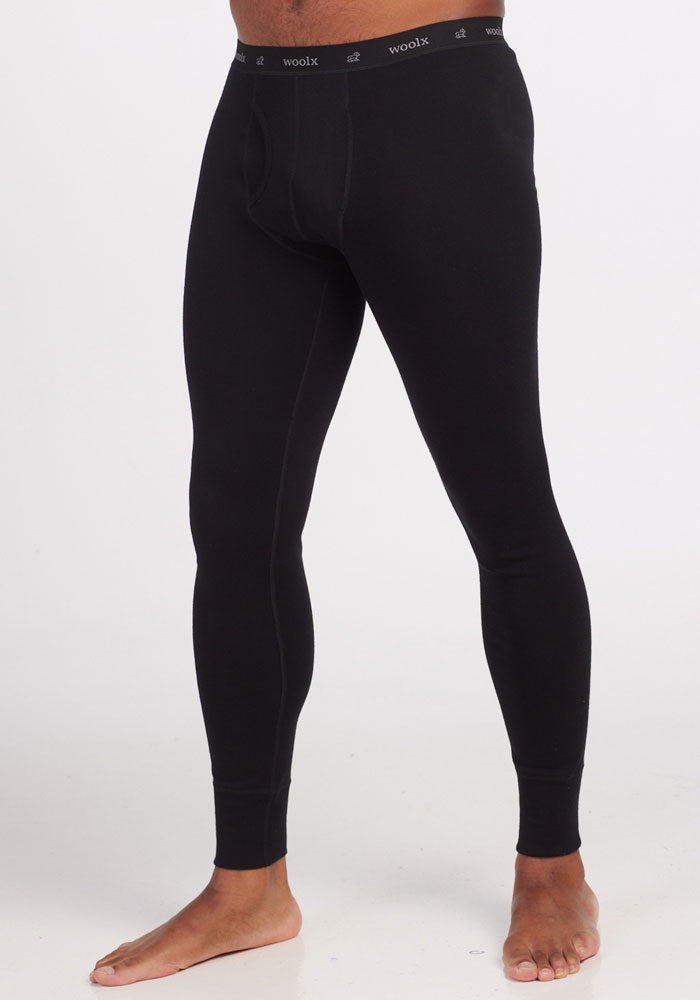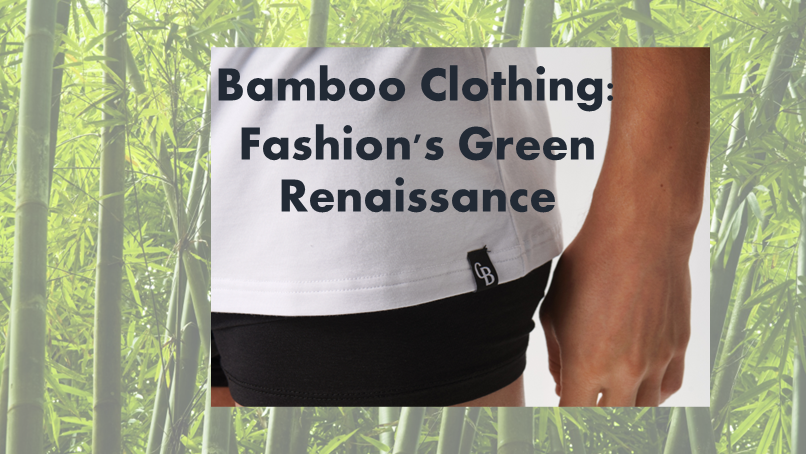Updated Bamboo Clothing Tips
Wiki Article
Why Is Yak Merino Such A Good Base Layer To Wear For Winter Sportswear With Regards To The Regulation Of Temperature And Warmth As Well As Moisture Control?
The base layer made from the yak merino fabric is ideal for winter sports apparel because it is a combination of factors that improve the temperature, warmth, moisture management and comfort.
Both Merino and yak wool have natural insulation properties. Yak, thanks to its hollow filaments traps the air and creates exceptional warmth. Merino wool, thanks to hollow fibers is well-known for being a excellent insulator.
Controls Body Heat - The material works together to regulate body heat by capturing the warmth of cold temperatures while allowing breathability for high activity.
Moisture Management-
Merino Wool's moisture wicking properties draw moisture away from your skin and disperse it, keeping sweat out. Yak fibers also help transport moisture to keep the wearer cool and dry during vigorous physical activity.
Comfort-
Softness: Merino wool is soft, fine fibers. They are gentle and do not cause irritation to skin. Adding yak fibers to the mix, which are soft, increases the comfort.
Odor resistance- Both kinds are antimicrobial, and will keep your clothes fresh by reducing the growth of bacteria.
Durability-
Resilience and Strength - Yak is a tough fiber, but when coupled with merino, it gets stronger and more durable to wear. This allows the fabric to be used for demanding activities.
Natural Fiber Benefits-
Renewability- Yak and merino wool are biodegradable, renewable fibers. This makes them eco friendly options.
The wools' natural properties permit wool to adjust to various weather conditions and remain effective in dry and moist conditions.
Combining yak and wool merino, the fabric is able to take advantage of the strengths of both materials by providing warmth, regulating the temperature, regulating moisture and comfort while also providing durability. This is what makes yak and Merino wool base layers perfect for winter sports wear. They are specifically designed to meet the demands of outdoor activities in cold climates, while maintaining the wearer warm and dry. Take a look at the top go to the website on merino wool base layers for more examples including best thermals for skiing, heavyweight merino wool base layer, merino wool undershirt, ll bean merino wool base layer, ll bean merino wool base layer, smartwool base layer mens, merino wool undershirt, smartwool classic thermal merino quarter zip base layer top women's, wool thermals, merino wool long johns and more.

What Are The Advantages Of Wearing Bamboo Clothing In Terms Of Comfort, Sustainability And Protection For Outdoor Winter Clothing?
Durability, comfort and security are just a few advantages of bamboo clothing for outdoor winter wear.
Bamboo fabric is smooth and soft making it soft on the skin. Bamboo fabric is frequently compared to cashmere or silk for its lavish appearance.
Bamboo fibers are moisture-wicking that is to say they pull moisture away from your skin, keeping you dry and comfortable.
Thermal Regulation- Bamboo clothing has natural temperature-regulating properties, providing warmth in winter while remaining breathable to prevent overheating.
Sustainability-
Bamboo is a plant that can be utilized to expand rapidly and without pesticides. Bamboo is able to regenerate quickly and is therefore a good option for clothing that is sustainable.
Low environmental impact - Bamboo farming is typically less water-intensive than conventional cotton farming and does not deplete soil nutrients. Bamboo also produces more air and absorbs more carbon dioxide than other plants.
Protection for Outdoor Wear-
UV Protection- Bamboo fabric provides natural protection from harmful UV radiations.
Bamboo contains an antimicrobial natural agent called "bambookun" which blocks the expansion and growth of odor-causing bacteria. Bamboo keeps clothes fresher, especially in outdoor activities.
Other Benefits
Durability - Bamboo fibers possess the highest degree of durability, which makes them suitable for outdoor clothing that is likely to be exposed to harsh wear and tear.
Biodegradability - Bamboo clothing can be biodegraded, which means it will degrade on its own at the end of their life-cycle. This reduces environmental impact.
If used for outdoor winter clothing, bamboo fabric offers an array of comfort, thermal regulation and moisture management as well as sustainability, making it an attractive option for those looking for eco-friendly and performance-oriented clothing options. Have a look at the top recommended reading for bamboo clothing for website info including clothes made from bamboo fiber, bamboo pajama pants, bamboo yoga clothing, organic bamboo pajamas, bamboo apparel wholesale, ladies bamboo tops, bamboo activewear, bamboo clothing sustainable, bamboo sweater, t shirts bamboo and more.

How Do Merino-Layering And Bamboo Clothes Compare With Regular Wool?
Merino wool bamboo clothing, regular wool are distinguished by their distinct features.
Softness- Merino wool is renowned for its fine and soft fibers. This makes it soft against skin. It is less likely that it causes irritation or itching when compared with other types of wool.
Moisture-Wicking Merino wool is a great fabric with moisture-wicking properties, pulling moisture away from the skin and let it evaporate, keeping the wearer dry and comfortable.
Merino Wool is a fantastic insulation and offers warmth even when it is wet. It regulates temperature and provides warmth in cold weather but also allows airflow even in hot temperatures.
Odor Resistance - It naturally prevents the growth of bacteria responsible for odor making clothes fresher even with extended wear.
Bamboo Clothing
Softness Bamboo clothing is soft, silky feel which is often described as silk or cashmere. It's a soft fabric that provides a comfortable wearing experience.
Bamboo fabric is moisture-wicking that means it wicks away moisture from your skin, and keeps your body dry during exercise.
Temperature Regulation- Bamboo clothing has natural temperature-regulating abilities, offering warmth in winter and breathability to prevent overheating.
Sustainability Bamboo is a source which is renewable and can grow very quickly, without the use of pesticides. It is biodegradable.
Regular Wool
Texture. The classic wool texture may vary. Certain types of uncomfortable or itchy textures are more coarse.
Warmth - Regular Wool is a great source of great insulation and warmth, however it can be weighty and bulky at times.
Wool can absorb moisture. This makes it less efficient at moisture wicking in comparison to merino bamboo, or other types of fabrics. Wool retains its warmth, even when damp.
Summary The softness of Merino Wool makes it odor and odor-resistant. It also provides an excellent ability to wick moisture. Bamboo clothing is soft and has the ability to wick moisture away. It also regulates temperatures and is eco-friendly. Wool has a variety of textures, and may not provide the same softness or moisture-wicking abilities as bamboo and merino, but still offers warmth and insulation. Each has distinct advantages which cater to various needs and preferences for winter clothing. Have a look at the top rated bamboo winter clothing blog for more info including ski thermals mens, wool base layer, baselayer bottom, best thermals for skiing, merino wool thermals women's, ski layers, ll bean merino wool base layer, merino base layer, ski layers womens, best wool base layer and more.
